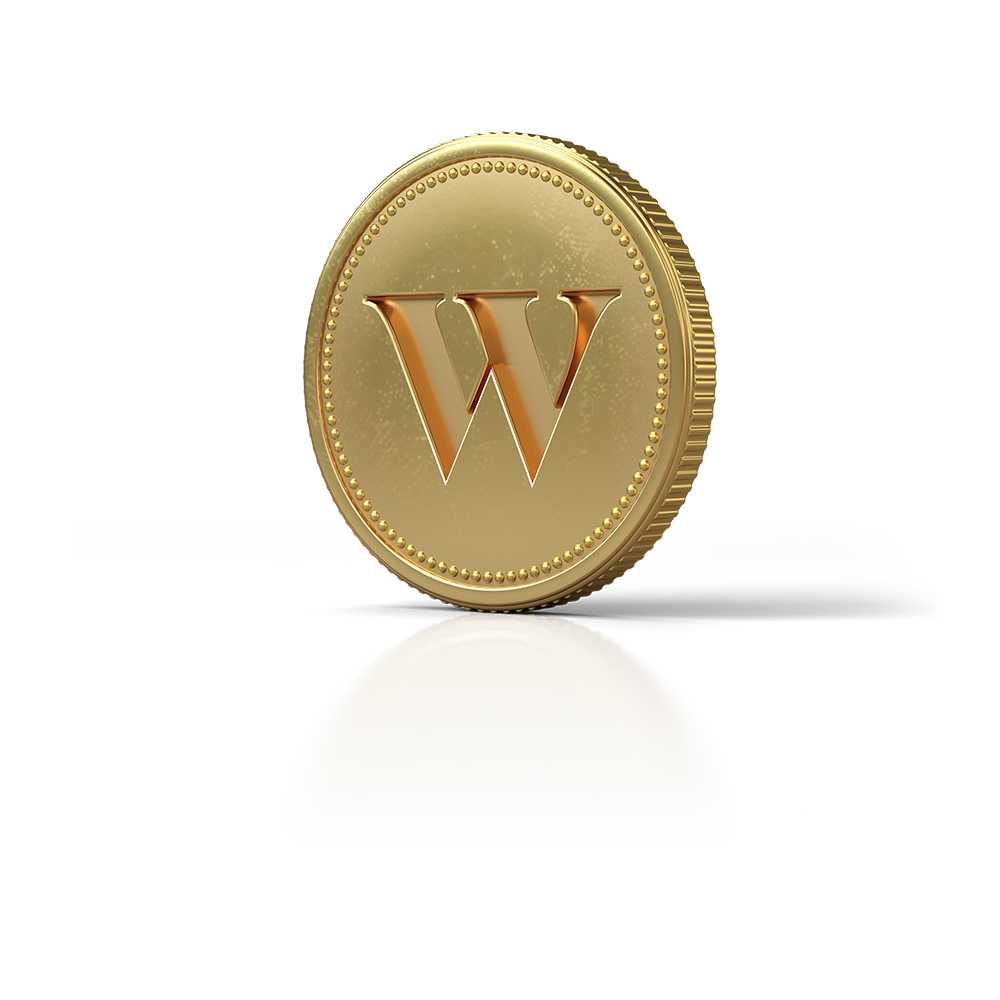Luisa Rollenhagen is a journalist and investor who writes about financial planning for Wealthsimple. She is a past winner of the David James Burrell Prize for journalistic achievement and her work has been published in GQ Magazine and BuzzFeed. Luisa earned her M.A. in Journalism at New York University and is now based in Berlin, Germany.
Day trading can be lucrative but for many, it can go all shades of wrong. Like type any stock picking, it's pretty risky. The kind of risky where you should only be doing it with money you're prepared to lose. To start day trading you'll need money to invest and a trading platform to buy stocks.
What is day trading?
In simple terms, day trading involves buying and selling stocks within a trading day based on price fluctuations. It's “buy low, sell high” on energy drinks with a deadline. Day traders focus on liquid investments that fluctuate quickly. Buys are made in volume, and then sold as the price hopefully increases through the day. Day trading is about timing the market, and that requires experience, knowledge, a lot of luck and the understanding that it still may not work out. Day traders need nerves of steel. Day trading is a high-risk strategy and one that's not suited to most investors. While your investments could increase in value, they could also drop significantly. Many day traders have lost everything because they misread the market.
Get started with Wealthsimple Trade. Sign up today and start building your portfolio.How to start day trading
If you want to start trading, you’ll probably need to do some research and planning. Here is some information to help you get into the day trading game.
1. Learn the market
Before you invest one dollar in day trading, make sure you understand what you are (literally) signing up for. It’s not enough to have a general understanding of the stock market; you need to understand how world events can affect volatility, how trades work, how different industries respond and how to anticipate fluctuations. Many day traders specialize in a specific industry.
2. Develop a strategy
There are many different day trading strategies, and there are courses and online references that can help you understand the process, methodology and risk/return. Start by studying actual trades and strategies. Just know that all trading styles are based on speculation. You can find many resources online that allow you to watch live trades, study stock charts and trends, and read financial analysis. How would you handle the trade? When would you sell, how much are you willing to risk, how would you make out if you employed your trading strategy?
3. Set goals and know your limits
It takes time to learn day trading. Especially when you start trading with real capital. You need to trade while markets are open, which is during normal business hours. Missing a sell because you didn’t execute the transaction before the exchange closed could be a costly lesson if the stock/future/currency fluctuates over night. Most companies will not understand that you need to leave a meeting to execute a trade. Don’t give up your day job until your profits exceed your take home pay consistently. Commission-free trading is way to buy and sell stocks and ETFs and pay $0 commission fees per trade. It could save you tons of money as you hone your skills.
Especially at the beginning, you need to set a realistic limit on the money you are willing to spend on day trading. If it’s money you cannot afford to lose, then day trading may not be for you. No strategy or investment methodology will protect you from a stock market implosion due to an unforeseen event. Just like gambling, the lure of the win can be intoxicating, but it can also be a siren song to bankruptcy and foreclosure. Many’s the person who tried to trade their way out of a hole, only to panic, stop reading the market (or find they were unable to) and find themselves in a much bigger hole.
4. Choose a broker
Any day trading activity is conducted through an investment platform, so this is one of the most important steps you can take before starting to day trade. Not only will this broker be in charge of your account, but you will be executing your trades through their trading platform, and when timing matters, it needs to be reliable. Reputation and expertise matter, so take the time to find the right fit for you and your goals.
Get started with Wealthsimple Trade. Sign up today and start building your portfolio.Alternatives to day trading
So maybe at the end of the day, there’s too much risk involved in day trading. There are other activities that you can do that can increase your profits without risking your house! Did you know, for example, that robo-advisors create a personalized investment portfolio for you so that you hardly have to lift a finger? You just complete a short risk survey and they do the rest. These services generally seek to match the performance and return of a particular stock market index.
Wealthsimple offers an automated way to grow your money like the world's most sophisticated investors. Get started and we'll build you a personalized investment portfolio in a matter of minutes.If all this talk of trading has made you want to buy some stocks of your own—sign up to Wealthsimple Trade. Wealthsimple Trade lets you buy and sell thousands of stocks and index funds on major Canadian and U.S. exchanges. Millions of Wealthsimple clients trust us with over $8.4 billion—start investing now.
Get $10,000 managed free for a year.
Get started

